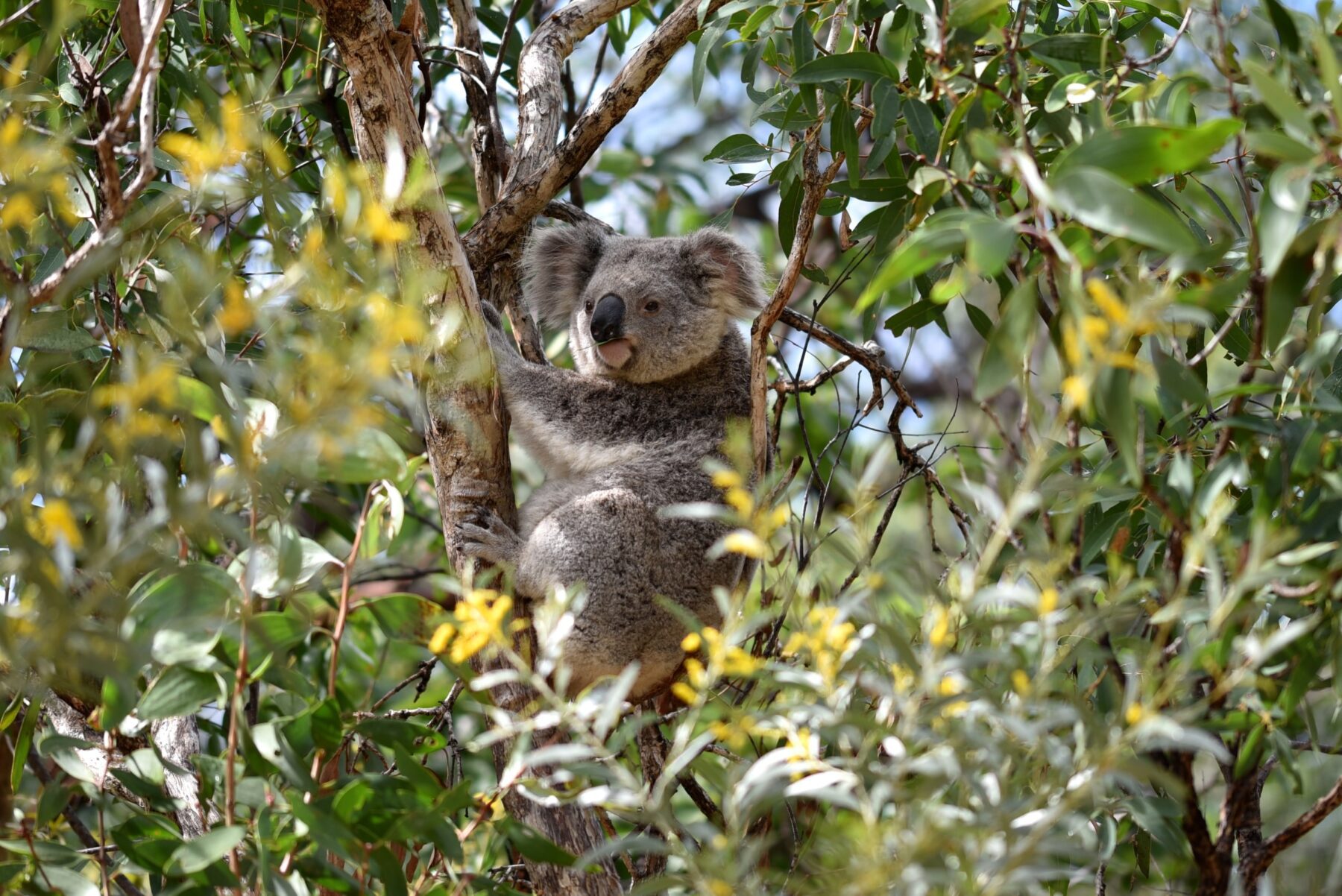Deep in the Southeastern and Eastern forests of Australia lives one of the most symbolic animals of the country, the koala. The furry creatures spend their time sleeping in the trees for many hours of the day and feed off of nutritious eucalyptus plants.
Karen Marsh, along with a group of scientists, can also be found in these forests but for another reason – research.
In Genesis 1:26 (NLT), God said, “Let us make human beings in our image, to be like us. They will reign over the fish in the sea, the birds in the sky, the livestock, all the wild animals on the earth, and the small animals that scurry along the ground.”
Marsh and her team are doing just that. The scientists are working at Kosciuszko National Park, Australia to gather information for the long term survival of these furry friends.
Bush Fires in Australia
In 2021, bush fires which cause high temperatures, low humidity, and destructive winds, hit Australia. They displaced and killed over 3 million animals, including thousands of koalas unable to survive the severe climate. The Black Summer Bush Fires destroyed 20 percent of Australia’s forests.
Not only was this a devastating event for the population of koalas, according to The Australian Koala Foundation bush fires, droughts, diseases, and deforestation have shrunk the population by 30 percent in the past three years. Koalas are threatened to go extinct before the year 2050 without major conservation of the animals and their habitats. Australia’s government is debating on whether or not to add koalas to the list of endangered species.
Marsh and a group of colleagues set out to do something about the urgency of conservation for the koalas. The group set out in the 1.7 million mountainous acres of Kosciuszko National Park on a mission; to figure out if perhaps koalas are hiding out in the park, adapting for survival at higher elevations.
Rehabilitating God’s Creation
The funding for Marsh’s project was boosted after the 2019 and 2020 bush fires called on the urgency for conservation. The team has worked day and night to locate koalas in the park. They found many animals such as snakes, wombats, wild horses, and more – but so far no koala sightings, as these creatures are masterful at hiding by choosing their surroundings as camouflage. Marsh and team are using 80 wilderness audio recorders in strategic locations in the park to systematically isolate and track male koala mating calls.
Why are these gray furry friends so important? If scientists are able to locate and map the koalas, it would show where to focus conservation efforts to support the repopulation of the species.
While Marsh and her team have not had much luck with in person sightings yet, they remain optimistic about their mission. They will continue placing more recorders, analyzing the sounds and walking the vast landscape to care for the long term survival of these important creatures.





 Copyright
2024
Root and Vine
Copyright
2024
Root and Vine